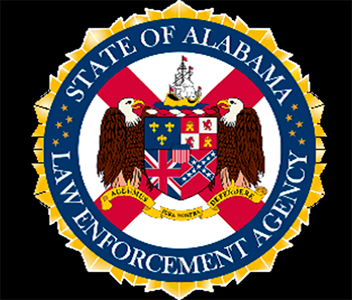Resurfacing grant applied for by commission
Published 11:00 pm Thursday, August 2, 2012
Written by Whitley Kilcrease
No one likes for a peaceful afternoon drive down a winding, scenic country road to suddenly be disrupted by bumps, ruts and potholes.
The state of the roads within Pike County has been a point of concern for residents.
“We do have needs that are not being met, which is a funding issue,” Russell Oliver, Pike County engineer with the Alabama Department of Transportation, said.
According to Oliver, the county commission recently applied for a grant of $13.5 million for resurfacing repairs and $7.8 million in bridge replacements around the county.
He said the roads in the most severe condition are usually those that do not qualify for federal aid funding. For these roads, the county usually applies for “community development block” grants.
Although “poor condition” is a subjective term, Oliver said it usually refers to a road surface that has deteriorated to a point where it negatively affects the smoothness of the road. This includes leveling problems, as well as issues with ruts and potholes.
The Pike County Commission has also applied to the Alabama Department of Economics and Community Affairs for a grant to resurface County Road 6606 and 2203, as well as pave County Road 7706, which is currently a dirt road.
According to Oliver, the Commission has applied for about 14 resurfacing projects for Pike County under the federally-funded Alabama Transportation Rehabilitation Improvement Program.
The first round of ATRIP will fund the resurfacing project of County Road 2214 from U.S. Highway 29 to Goshen. It also includes the Indian Creek bridge replacement.
The commission also plans to apply for another 15 additional road problems and one bridge replacement and has until October 5 to submit the application.
Other than grants from the state or federal government for special projects, the Pike County Engineering department operates on an 18 percent gasoline tax.
“Our normal operating revenue is from gasoline taxes, minus diesel fuel,” Oliver said. “However, this rate has not increased since 1992.”
The normal operating revenue covers costs such as payroll, equipment purchases and facility bills, as well as materials such as asphalt, concrete and pipes, Oliver said.





